We’ve seen a variety of oddball 7-segment displays in the past, but this one uses a new material: both for the display and the mechanical mechanism that drives it; cardboard. Yup, the whole thing is made from cardboard, wood and a few rubber bands. [The Q] shows how he put together in this nice video, starting from first principles that show how the segments are made: simple pieces of cardboard painted on one side with fluorescent paint. A piece of wood pushes the element out to blank it, and each element is connected to a cam wheel that pushes the wood in or out.
The really clever bit is that [The Q] mapped digits 0 – 9 onto a matrix for which of the 7 segments is “on” or “off”. He then used this information to create a stack of 7 cams on a central axle. As you rotate the axle, the cams turn, moving the wooding arms. The arms then cause the elements to flip as they count up through the digits. In essence, he engineered a physical decimal to 7 segment decoder, much like the electronic one inside the SN74LS47. The whole assembly is capped by a knob that indicates which digit is currently displayed. If mechanical displays like this are your thing, check out this one made from LEGO parts, or this awesome 3D printed creation.
Continue reading “7 Segment Clockwork Display Made From Cardboard”


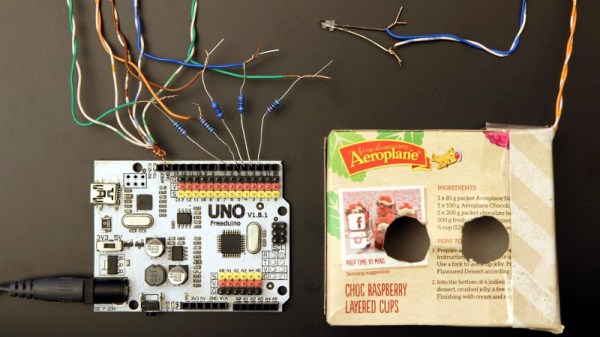
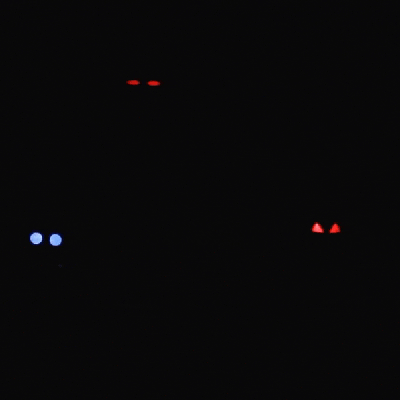


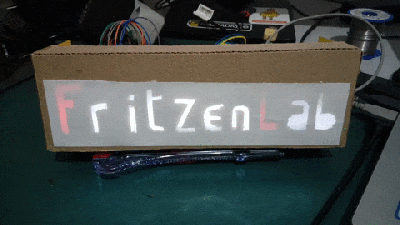

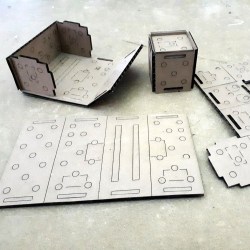 That’s where [Andy Forest] comes in with the
That’s where [Andy Forest] comes in with the 


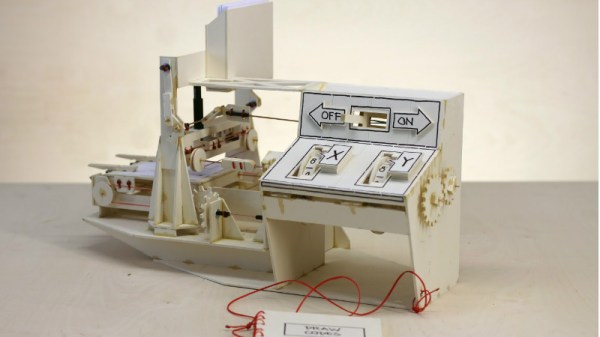
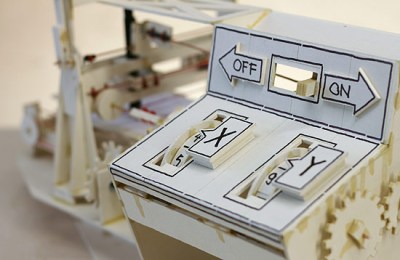
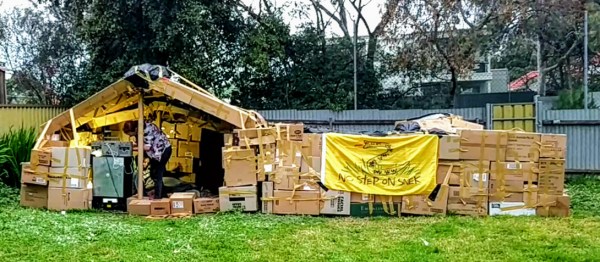

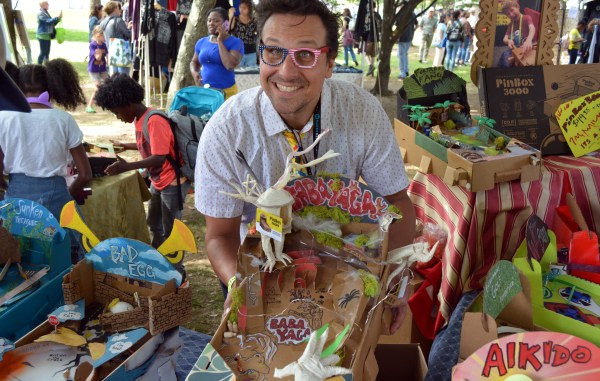







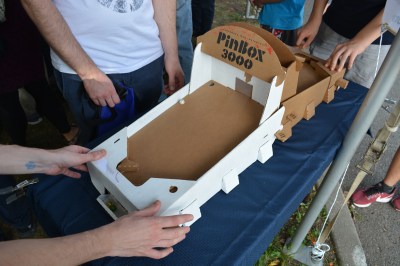 When first assembled the playfield is blank. That didn’t stop the fun for this set of kits stacked back to back for player vs. player action. There’s a hole at the top of playfields which makes this feel a bit like playing Pong in real life. However, where the kit really shines is in customizing your own game. In effect you’re setting up the most creative marble run you can imagine. This task was well demonstrated with cardboard, molded plastic packaging (which is normally landfill) cleverly placed, plus some noisemakers and lighting effects. The company has been working to gather up inspiration and examples for building out the machines. We love the multiple layers of engagement rolled into Pinbox, from building the stock kit, to fleshing out a playfield, and even to adding your own electronics for things like audio effects.
When first assembled the playfield is blank. That didn’t stop the fun for this set of kits stacked back to back for player vs. player action. There’s a hole at the top of playfields which makes this feel a bit like playing Pong in real life. However, where the kit really shines is in customizing your own game. In effect you’re setting up the most creative marble run you can imagine. This task was well demonstrated with cardboard, molded plastic packaging (which is normally landfill) cleverly placed, plus some noisemakers and lighting effects. The company has been working to gather up inspiration and examples for building out the machines. We love the multiple layers of engagement rolled into Pinbox, from building the stock kit, to fleshing out a playfield, and even to adding your own electronics for things like audio effects.









